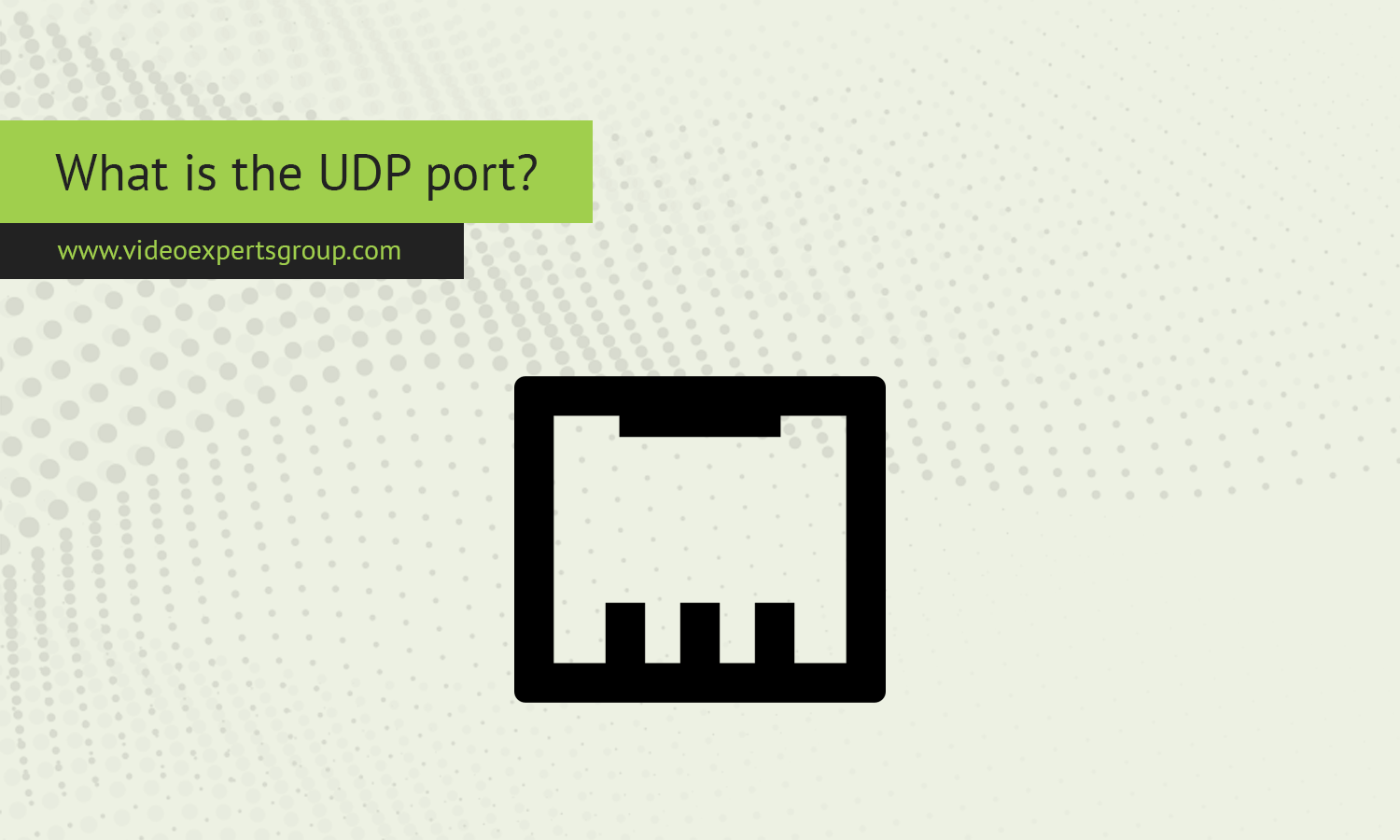Understanding UDP ports is crucial for anyone interested in how data moves across the internet or within local networks. While less reliable than their TCP counterparts, UDP ports are essential for applications where speed and efficiency take precedence over accuracy.
Definition
A UDP port (User Datagram Protocol port) is a virtual endpoint that allows software applications to send and receive data packets over a network using the UDP protocol. Unlike TCP (Transmission Control Protocol), which focuses on reliability and connection-oriented communication, UDP is a connectionless protocol. This means that it sends data without establishing a dedicated connection between the sender and receiver.
UDP ports facilitate fast data transfer by not requiring the overhead of connection management, error checking, or acknowledgment of received packets. This makes UDP ideal for applications where speed is more critical than accuracy, such as online gaming, video streaming, or VoIP (Voice over IP).
Just like with TCP, a UDP port is identified by a 16-bit number, and the combination of an IP address and a UDP port number forms a unique socket that allows data to be directed to the correct application.
Range
UDP ports are numbered from 0 to 65535, just like TCP ports. These numbers are divided into different categories based on their usage and assignment:
-
Well-Known Ports (0-1023): These ports are reserved for widely recognized services and system processes. For example, DNS (Domain Name System) typically uses UDP port 53, and the Simple Network Management Protocol (SNMP) uses UDP port 161. These ports are standardized and well-known across different systems.
-
Registered Ports (1024-49151): These ports are assigned to specific services and applications by the Internet Assigned Numbers Authority (IANA). While not as universally recognized as well-known ports, registered ports are commonly used by various applications like games or media streaming services.
-
Dynamic or Private Ports (49152-65535): Also known as ephemeral ports, these are used for temporary or private communications. When an application needs to send data quickly without the overhead of setting up a connection, it might use a dynamic UDP port. These ports are not permanently assigned to any specific service and are generally used for short-lived communications.
Number List
Here are some common UDP ports and their associated services:
- Port 53: DNS (Domain Name System) - Resolves domain names to IP addresses; UDP is often used for faster, smaller queries.
- Port 67: DHCP (Dynamic Host Configuration Protocol) - Used by servers to assign IP addresses to devices on a network.
- Port 69: TFTP (Trivial File Transfer Protocol) - A simplified version of FTP used for transferring small files.
- Port 123: NTP (Network Time Protocol) - Synchronizes the clocks of computers over a network.
- Port 161: SNMP (Simple Network Management Protocol) - Used for network management and monitoring.
- Port 500: IKE (Internet Key Exchange) - Part of the IPsec protocol suite, used for securing communications.
- Port 514: Syslog - Used for forwarding system log messages to a central server.
- Port 1812: RADIUS (Remote Authentication Dial-In User Service) - Used for authentication and authorization in network access services.
- Port 3478: STUN (Session Traversal Utilities for NAT) - Helps devices behind NAT (Network Address Translation) to communicate.
- Port 4500: IPsec NAT-T (Network Address Translation-Traversal) - Facilitates VPN connections across NAT devices.
UDP ports are essential in networking, providing a mechanism for quick and efficient data transfer without the need for establishing a connection. While UDP lacks the reliability of TCP, its speed and low overhead make it perfect for applications where real-time communication is crucial. Whether you're setting up a network service, troubleshooting connectivity issues, or just exploring how the internet works, understanding UDP ports will give you valuable insights into the mechanics of data transmission.
















